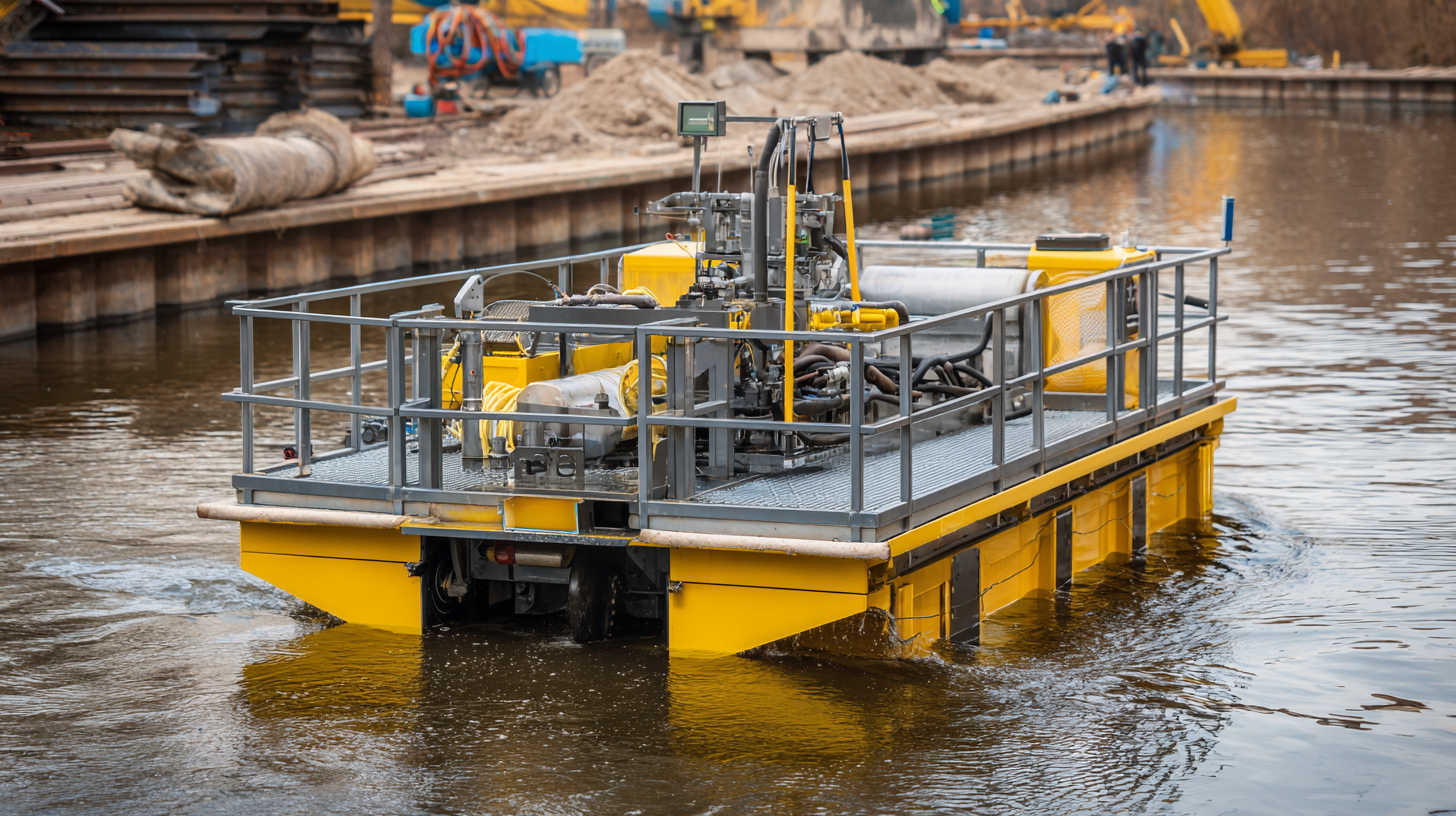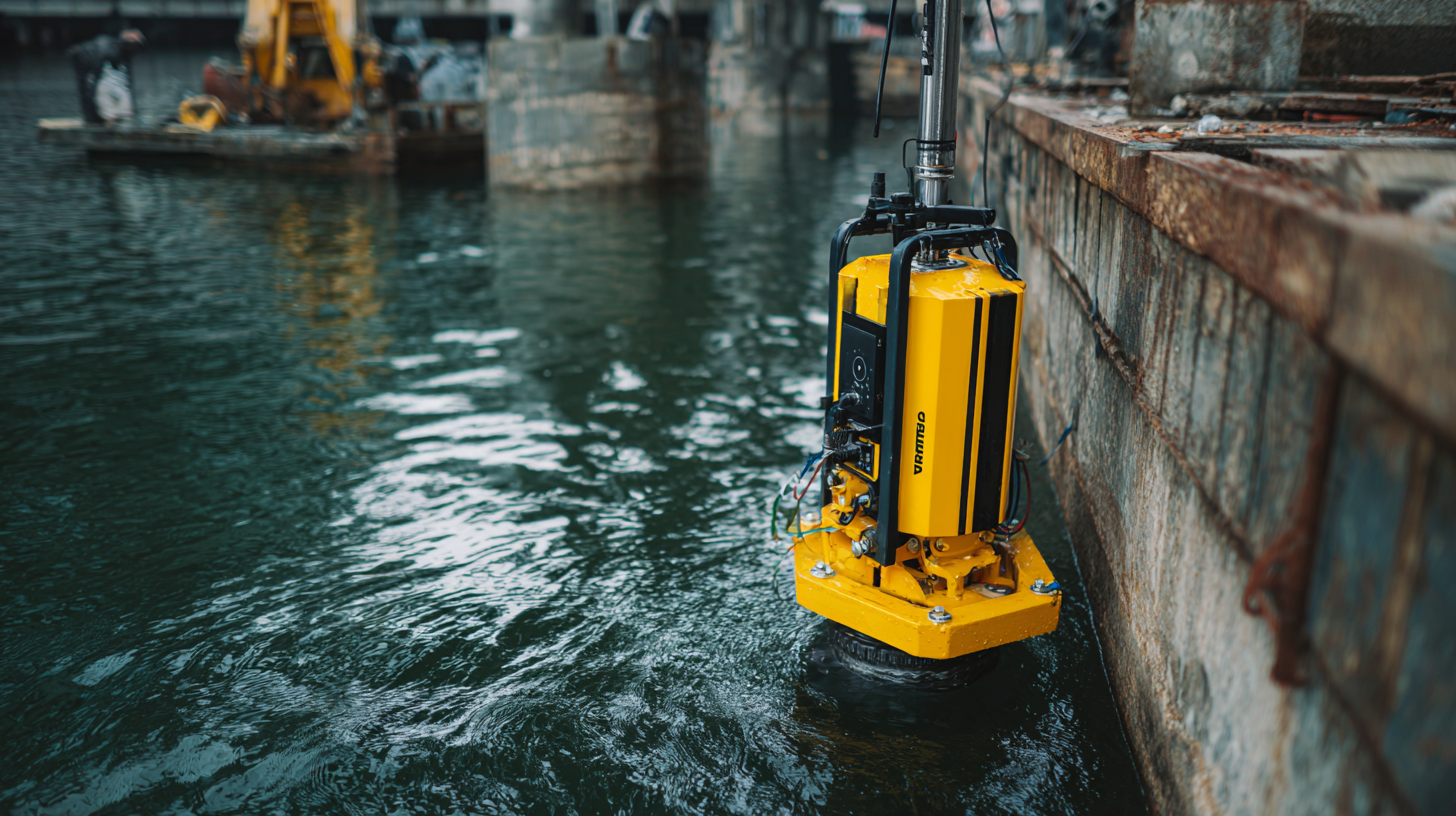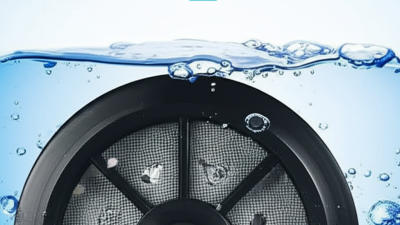 +86 13600513715
+86 13600513715



In the world of industrial mixing, the submersible mixer plays a pivotal role in enhancing operational efficiency across various sectors, including wastewater treatment, chemical processing, and agriculture. According to a report by MarketsandMarkets, the global submersible mixers market is projected to reach USD 800 million by 2025, driven by the increasing demand for efficient mixing solutions that minimize energy consumption and reduce operational costs. The right submersible mixer not only streamlines the mixing process but also improves the quality and consistency of end products. With advancements in technology and design, choosing the appropriate submersible mixer can significantly boost productivity and operational performance, ensuring that industries remain competitive in an ever-evolving market landscape. Hence, understanding the essential factors that influence the selection of submersible mixers is crucial for businesses aiming to achieve maximum efficiency in their operations.

When choosing the right submersible mixer for your needs, understanding the different types available is crucial. Submersible mixers can generally be categorized into three main types: axial flow mixers, which are best for larger volumes due to their high flow rates; radial flow mixers, which provide a more intense mixing action, ideal for thicker materials; and multistage mixers, which enhance mixing efficiency in complex applications. According to recent industry reports, axial flow mixers account for approximately 45% of the market share, reflecting their popularity in wastewater treatment applications.
Tip: Always consider the viscosity of the material you are mixing. For high-viscosity substrates, a radial flow mixer may deliver superior results due to its design that promotes intensive mixing.

Moreover, energy efficiency is a key factor. Research indicates that modern submersible mixers can operate at 20-30% lower energy consumption compared to older models, significantly reducing operational costs. The choice of motor size and efficiency rating can greatly influence overall performance, so it’s essential to carefully evaluate these specifications before making a selection.
Tip: Look for mixers equipped with variable speed drives (VSDs). This feature allows users to adjust the speed according to specific mixing requirements, ensuring optimal efficiency and performance.
When choosing a submersible mixer, several key factors must be considered to ensure optimal performance and efficiency. One critical aspect is the mixer’s power and motor design. According to a report from the International Water Association, the efficiency of submersible mixers can significantly impact energy consumption, accounting for up to 30% of operational costs in wastewater treatment facilities. Therefore, opting for energy-efficient motors not only reduces electricity costs but also minimizes environmental impact.
Another essential consideration is the hydraulic design of the mixer, which influences its mixing capabilities and operational lifespan. A study by the American Society of Civil Engineers indicates that mixers designed with advanced hydraulics can achieve better flow patterns, leading to effective homogenization of wastewater. Selecting a submersible mixer with adjustable impeller designs allows for customization based on specific application requirements, ultimately enhancing efficiency and ensuring that the mixer adapts well to varying conditions in the treatment process.
| Feature | Description | Importance Level | Considerations |
|---|---|---|---|
| Power Rating | Indicates the mixing capacity and efficiency. | High | Choose based on the volume and viscosity of the fluid. |
| Mixer Design | The shape and configuration of the impeller. | Medium | Consider the specific application and required flow rates. |
| Material Construction | Type of materials used (e.g., stainless steel, plastic). | High | Assess compatibility with the fluid being mixed. |
| Operating Depth | Maximum depth at which the mixer can operate. | High | Ensure it meets the conditions of your tank or application. |
| Energy Efficiency | Ratio of performance output compared to power input. | Medium | Look for models with high energy ratings. |
| Noise Level | Measured in decibels during operation. | Low | Opt for quieter models if noise is a concern. |
| Maintenance Needs | Frequency and ease of required maintenance. | Medium | Choose based on your ability to service the unit. |
When choosing between fixed and portable submersible mixers, understanding their unique advantages is crucial for optimizing sewage treatment processes. Fixed submersible mixers are often regarded as more efficient for large-scale installations where long-term mixing is required. Their design allows for consistent performance, as they ensure uniform mixing over time, which is essential in minimizing sedimentation and enhancing the overall wastewater treatment process. Furthermore, recent research indicates that optimizing the installation parameters of these mixers can substantially improve their performance, making them a reliable choice for industrial applications.
On the other hand, portable submersible mixers offer flexibility and ease of use, making them ideal for temporary setups or smaller operations. These mixers can be moved to different locations as needed, providing an adaptable solution without the extensive installation requirements of fixed mixers. This feature proves particularly beneficial in scenarios where varying mixing needs arise due to changes in the wastewater composition. Ultimately, selecting the right type of submersible mixer should be based on specific project requirements, taking into account factors such as installation location, operational flexibility, and efficiency needs.
This chart compares fixed and portable submersible mixers across four important dimensions: Power Consumption, Mixing Efficiency, Portability Score, and Cost. As shown, portable mixers generally consume less power and are more portable, while fixed mixers tend to offer better mixing efficiency but at a higher cost.
When selecting a submersible mixer, understanding the influence of motor power and design on performance is crucial.
According to a report by the International Society for Automation, motor power is directly correlated with mixing efficiency;
higher power levels can significantly improve the ability to blend viscous materials or handle larger volumes.
For instance, a study indicated that mixers with motor power exceeding 5 kW can reduce mixing times by up to 30%, optimizing both production processes and energy consumption.
Design plays an equally pivotal role in mixer performance. Features such as impeller geometry and orientation are essential.
Research published in the Journal of Environmental Engineering and Science revealed that specific impeller designs can enhance flow patterns, leading to better solids suspension and improved overall mixing effectiveness.
A well-designed mixer can increase throughput by up to 25%, demonstrating the importance of selecting models that are engineered for the specific application at hand.
The right combination of motor power and innovative design ensures that submersible mixers not only meet operational demands but also contribute to sustainable practices in various industries.
Submersible mixers are essential tools utilized across various industries for efficient mixing and agitation of liquids. In wastewater treatment, for example, these mixers play a pivotal role in enhancing the mixing process, which is critical for maintaining the efficiency of sewage treatment operations. Their ability to blend effluent effectively not only improves treatment outcomes but also ensures compliance with environmental regulations. Advanced models designed for wastewater applications substantially boost mixing efficiency, showcasing the technological advancements in this field.
Moreover, submersible mixers are gaining traction in the food industry, where they are integral to industrial batch processes. The market for these mixers in this sector is projected to grow significantly, driven by an increasing demand for efficient processing solutions. Beyond food and wastewater management, submersible mixers also find applications in chemical processing, pharmaceuticals, and mining, demonstrating their versatility. As industries pursue innovations to enhance productivity, the adoption of sophisticated mixing technologies will continue to rise, fostering optimal performance and sustainability in diverse applications.







